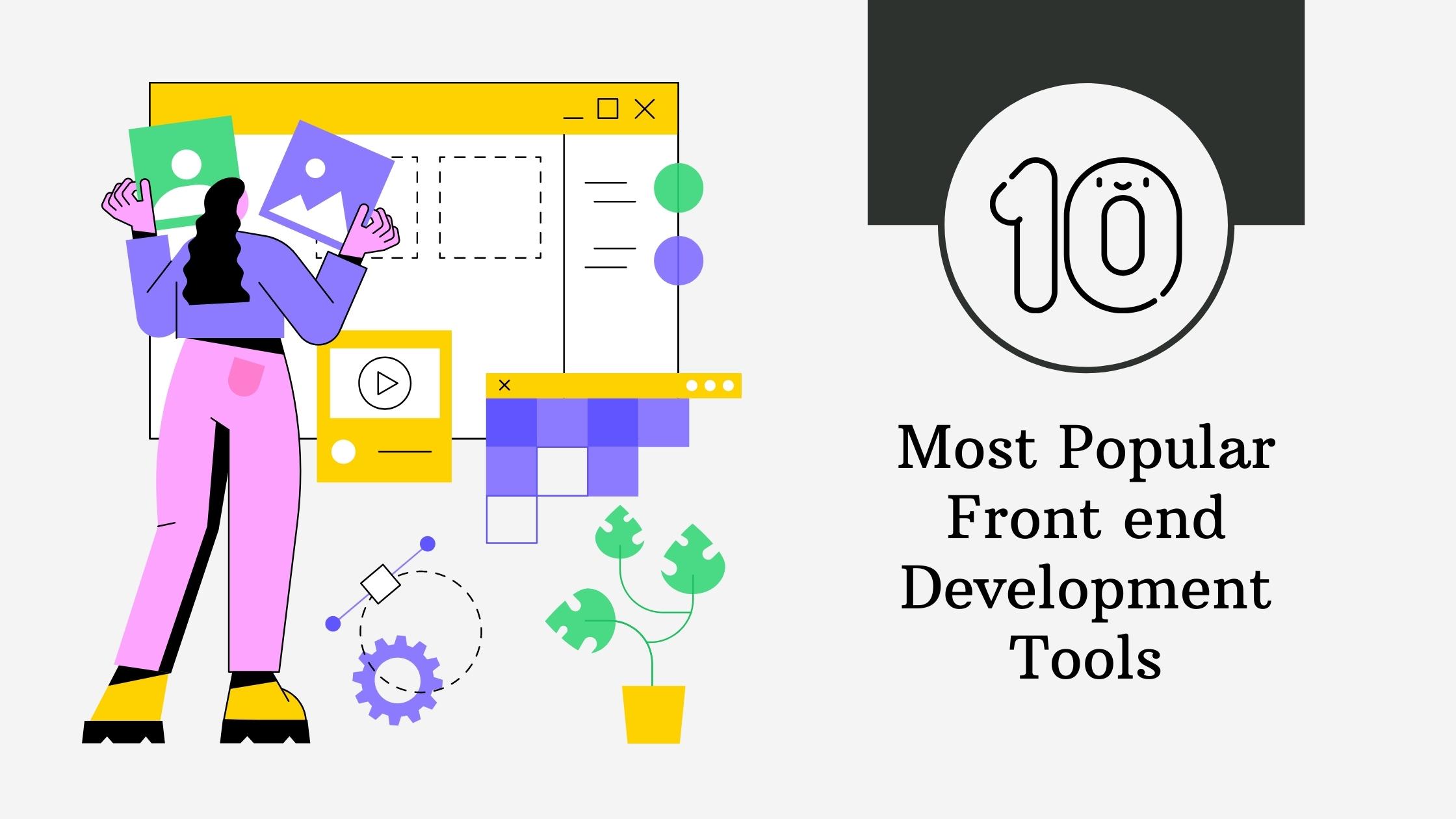The tech segment is always bustling with new innovations and techniques. Front-end development and its innovations have been documented to keep up with the new solutions available to developers. Such is the state of innovation in front-end development that you will find a new library or a tool pop-up every few years.
Fret no more, as we have scoured the internet and have compiled a list of the top 10 most popular tools for front-end development.
In this article, we take a look at how front-end technologies work and the top front-end development tools you can use during the process. Stay with us as we look at front-end developmental tools and the trends you should follow.
Table of Contents
Most Popular Front-end Development Tools
We now look at the most popular front-end development tools for developers in 2022.
1. React

React is an open-source library and framework, which was first developed and run by Facebook. The framework is the most popular tool used for front-end development in 2022, based on a developer survey in 2021.
React stands apart from others in the industry due to its virtual Document Object Model or DOM nature. The DOM structure helps improve functionality. React’s framework is perfect for people who require a steady solution to manage their website traffic.
2. Angular

One cannot create a list of the best JavaScript frameworks without mentioning Angular. The JavaScript framework was established by tech giant Google and looks to bridge the gap between results and technology.
Angular goes beyond what normal frameworks offer to provide two-way data binding for all users. The data-binding process ensures there is time synchronization between the application and the model.
3. Atom

Atom is developed by GitHub and operates as a free desktop application that is open-source in nature. The front-end tool is used for source code and text editing for developers. Atom was created in CoffeeScript, JavaScript, and Less. The tool can work on macOS, Windows, and Linux.
The application comes with multi-cursor plugins created through JavaScript. Atom can simplify the process of creating integrations and mapping syntax. The modular design works well with simple functions to make Atom highly adaptable and simple to use.
4. Chrome DevTools
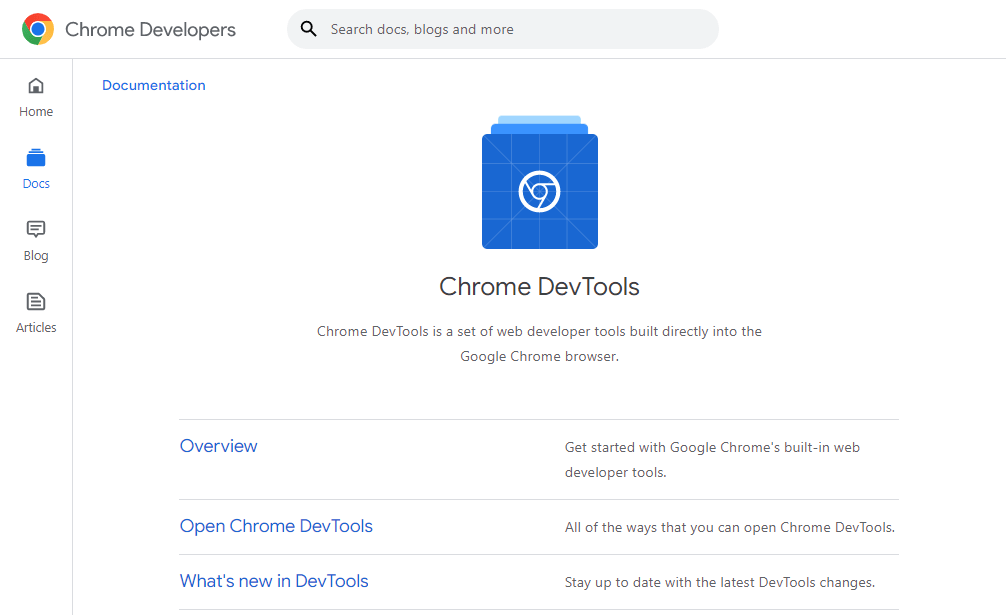
Chrome DevTools are add-ons directly installed within Google’s interface. The built-in features can be accessed through Chrome’s browsers and are fairly simple to use. Chrome DevTools can enhance the accuracy of your development processes on Chrome and can lead to accurate results with rapid debugging.
The tools come with CSS properties, which are accurate in nature. The website’s timeline can be used for optimization, along with a console to assist in JavaScript messages. The process allows you to find bugs and errors in your front end without deleting code.
5. Git
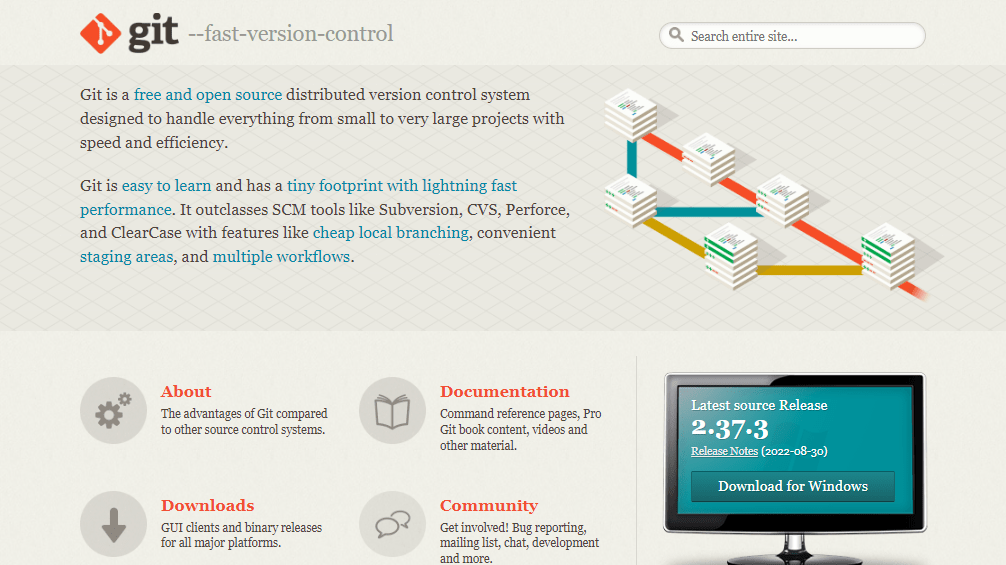
Git is the leading control system solution for tracking changes in your application. The platform is written in Tcl, Perl, and Shell. The tool is open-source in nature and is available to all users. The Git tool is based on speed, simplicity, distribution, and excellent workflows for all.
Git comes with exceptional capabilities to handle small files and large tasks in one place. The inbuilt tutorial can serve as the guide you need to manage repositories and create your own pull requests.
6. Visual Studio Code (VS Code)
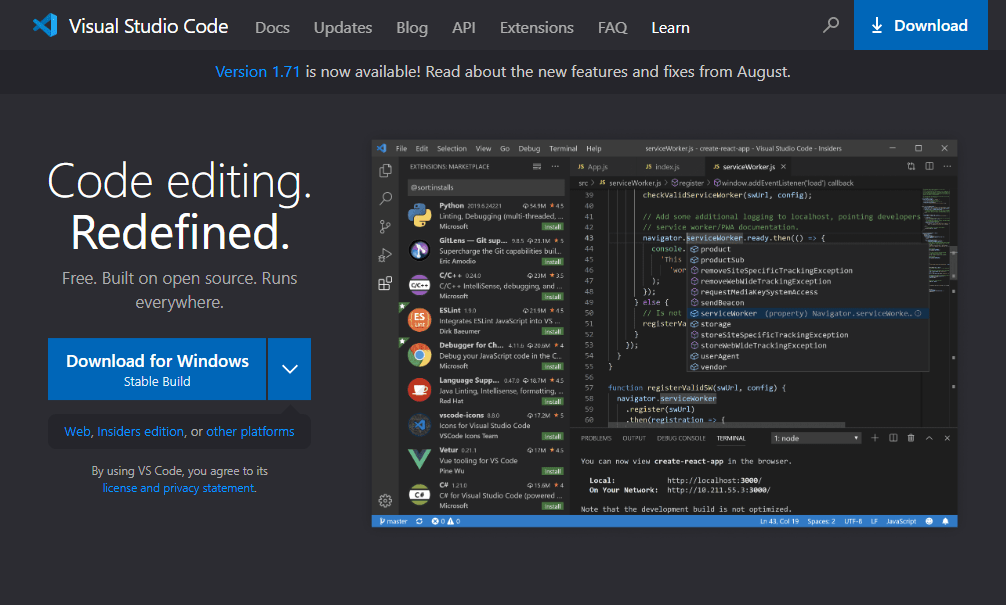
Visual Studio Code or VS Code is a code editor for front-end development. The code editor was developed by Microsoft and comes with debugging, code completion, syntax highlighting, and a lot more.
The VS Code application comes with built-in programming support, which can detect multiple sources and language support. VS Code can also provide code improvement techniques to create the best aesthetics through a minimal design.
7. jQuery
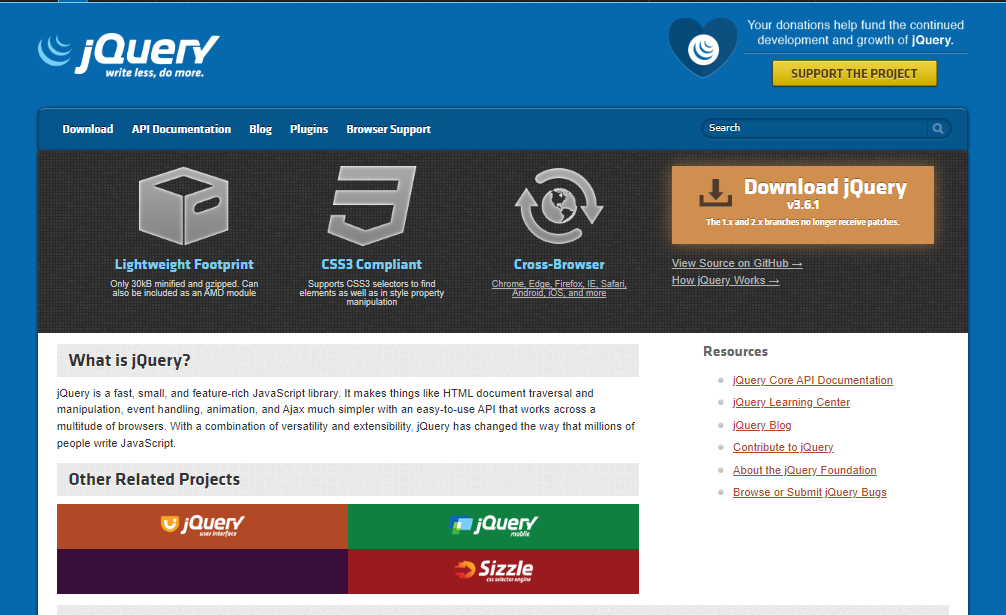
jQuery is an exciting front-end development framework, first introduced in 2006. The framework has come a long way since then and stands apart because of its tech ecosphere. jQuery makes it easy for developers to script codes and operate DOM with CSS manipulation.
The jQuery tool can help increase the interactivity in your website’s UI, along with the functionality of your overall website. The recent innovations and developments in jQuery’s code and framework have resulted in extended usage across borders. The jQuery framework is browser friendly and comes with support for different browsers and programming languages.
The jQuery framework is best used for JavaScript apps on desktops. The framework can help retain the crispness of the code while reusing the elements across the board.
8. Bootstrap
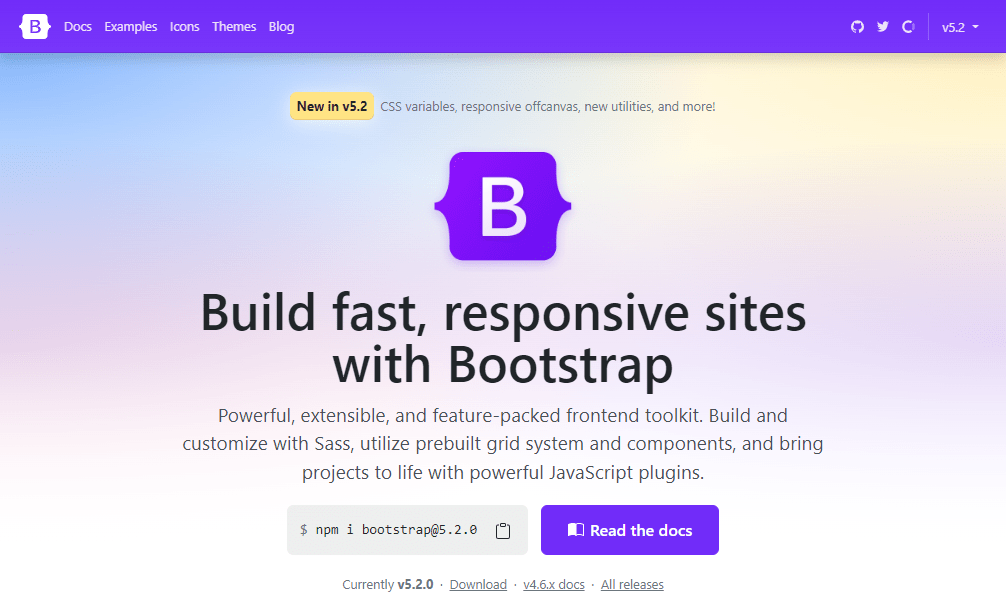
Bootstrap is a free-to-use open-source CSS framework that can be used to create front-end apps with futuristic features and a brilliant front-end design. The template can come in handy for interface components like buttons, typography, navigation, and much more.
Bootstrap is one of the most popular tools on GitHub and is powerfully used for website and mobile app development. Some of the basic features of the app include jQuery plug-ins, typography buttons, and a lot more.
9. CodePen
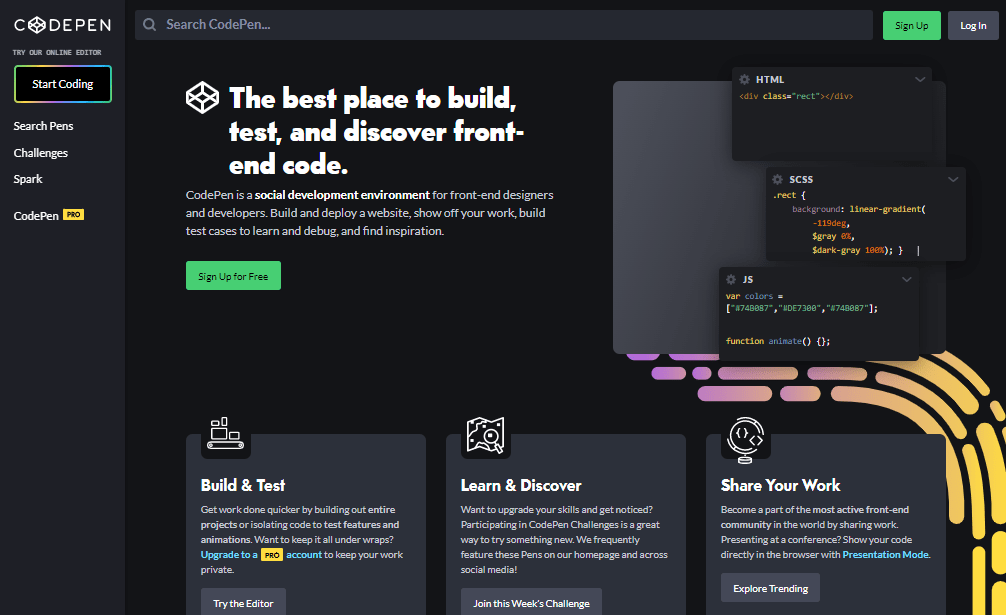
CodePen is a social development tool or environment used to develop and design front-end websites. The CodePen working environment can help you write clear syntax code, along with an elaborate code editor for extensible editing. Not only does the environment allow you to create your own code, but you can also find help through the open-source network inside the application.
CodePen comes with browser-based solutions for SAAS developers. The user-friendly application provides an educational context with interactive and intuitive work.
10. HTML 5 Boilerplate
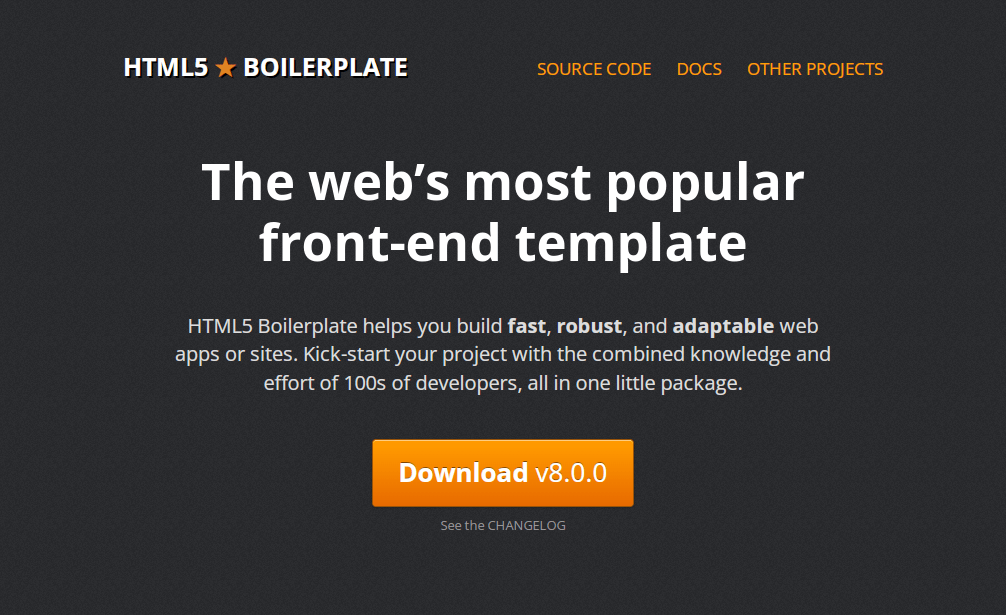
HTML 5 boilerplate is a Java-Script-based template that comes with CSS and HTML integration. The tool is used for creating robust and comprehensive websites at a record-breaking pace. The proper reliability and readability of the template can help with code structuring, along with deep abstraction.
The coding standard is mostly beginner-friendly and will allow beginners to get a grasp of things. The CLI tools in the code can help in prototyping and setting up the website. The tool also comes with additional features such as testing tools and API.
Things to Consider Before Choosing a Front-end Framework
User interface is by far the most important factor for every organization in the digital world today. And, the user interface or the front-end of your website is based on the framework you use for developing it. The list of front-end frameworks we have discussed above will give you a fair idea of the solution to go for, and the tips to use in your processes.
To stay competitive in the current digital era, website owners, business managers, developers, and programmers should look to use the best tools. Having studied the best frameworks for front-end development, we now take a look at the considerations you should have in mind before choosing a front-end solution.
The popularity of the Framework
The popularity of your framework should be the very first thing you consider for your front-end solution. When you’re working on a long-term project, you would want the framework to be popular in the development community. It is common for developers to encounter problems during their development journey. If you are working on a popular framework, or development tool, you will find it fairly easy to locate solutions and fix bugs.
Additionally, if your developer leaves you before completing the project, you will find it easier to replace them with another developer if the front-end solution you are working on is popular. Most developers are skilled with the most popular front-end frameworks like Angular and React, which is why you should be able to find the right fit for them.
Usability
Usability is another important consideration that you shouldn’t compromise at all with your framework. You should check the usability of your framework before you even start working on it. You cannot be sure about the flaws, characteristics, and benefits of a framework until you give it a try yourself, and see the actual experience.
As part of usability, you should explore the libraries within the framework, the CLIs, the plugins, and other important details. You can start by using all these components from the framework in smaller projects. The smaller, less important projects will give you an idea of what’s missing and how the framework can be improved further.
Core Features
Besides usability, and the actual experience, a framework with better core features will always outperform another framework without the features to back its success. You should run through in-depth comparisons of all frameworks, and make sure that you find the best fit. If you’ve used a web front-end development framework before, you will know about the metrics to consider and the options that generate core features.
For starters, you should check the HTTP communication, validation, functionality, form processing, and templates of the framework. You should know that the framework is rich in features, and will help support your development process.
Flexible
The framework you choose for front-end development should be flexible in nature and should offer a customizable solution. The framework should make it easy for your organization to grow with time and should be scalable. A flexible framework can reduce the hassle of changing frameworks whenever your business grows in size.
Easy to Integrate
Regardless of how many features your front-end framework has, you will need to integrate it with other solutions for the best. You will have to facilitate your project with additional libraries and tools. A flexible framework, with easy processing methods, will help make integration easier and provide a convenient solution for add-ons.
There are different libraries that prioritize data processing, formatting time, text editing, and DOM manipulation. You can utilize the benefits of all such libraries by choosing a framework that is easy to integrate with them. Easy integrations can also help you combine multiple projects in one place, and enjoy their benefits.
Mobile Development Support
Most of your web applications and websites are accessed through mobile devices. Browsing the internet through mobile has become the norm today, instead of scrolling through a desktop. Knowing that a big chunk of your customers is visiting your web app from mobile, you should make sure that the system can run seamlessly on mobile phones.
You should go for a framework that helps support mobile customization for your end solution. The best framework should make it easy for developers to add mobile convenience and improve responsiveness.
Server-side Rendering
Server-side rendering is an important part of the development process today. Server-side rendering is an improved process, where customer satisfaction is met through customized web pages for each user. Mobile users appreciate whatever customization they get on their website, which is why the solutions from a framework that provides server-side rendering can be pretty handy. We have looked at the importance of support for mobile development above, and can only reiterate it further here. Lack of server-side rendering will reduce search engine ranks.
Support for the Future
With the world moving towards the future at a rapid pace, it is only necessary for organizations to be stronger than ever before. The digital world is an inevitable part of the future, and organizations can help prepare for it by using tools and solutions that are created for the future.
You should choose a framework that offers future support through enhanced maintenance, support, community, and the option to upgrade if needed. No one can predict the future, but you can definitely prepare for it.
Front-end developers are always on the lookout for solutions, and the frameworks mentioned in this article can help give them just that. Additionally, the tips mentioned for front-end development can also help with excellent UI development.

I am a passionate, adventurous, and insatiate learner who loves to write about the latest technology trends. My experience working in an MNC has motivated me to understand that there are certain niche requirements for writing strategically about brands’ messages towards people’s interests which I’ve mastered over time through trial and error of many projects under various clients across diverse industries. It is my honest effort to put my experiences and knowledge of industry towards readers.
